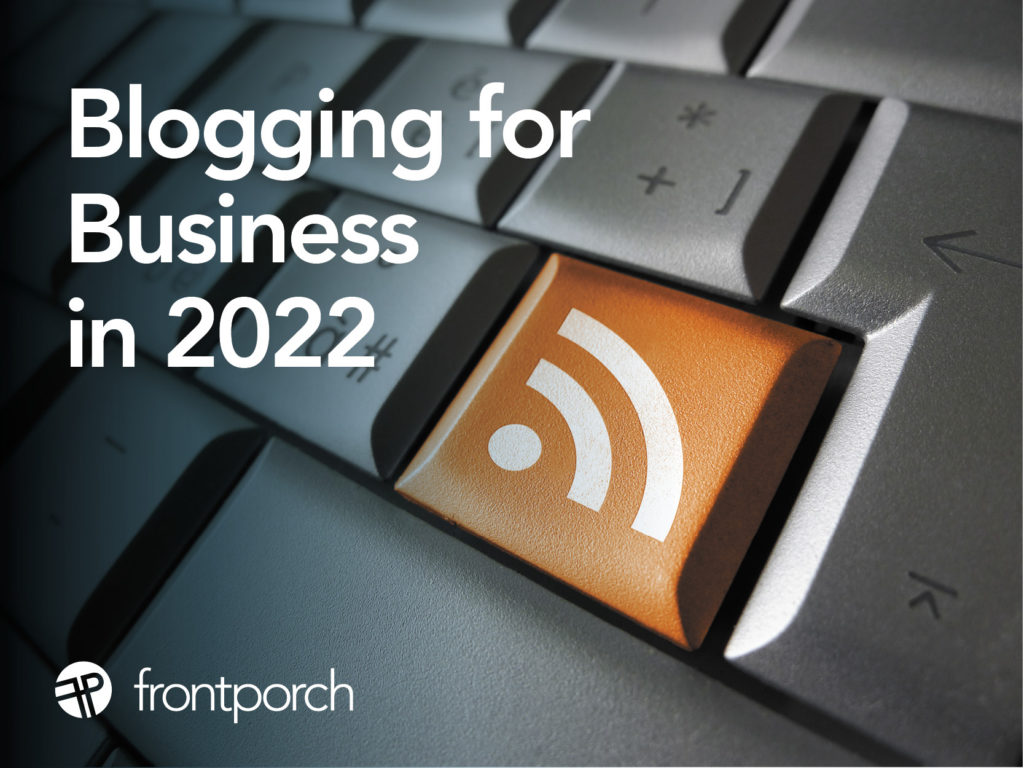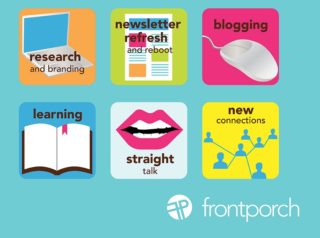
It is probably safe to assume your company has a marketing plan. That’s document detailing the strategies to market your products and services to the defined target audience. However, do you find your company falls short in executing the plan? That’s where the Content Calendar comes in!
Let’s face it, priorities change, and problems come up. Next thing you know, it is six months down the road, and you have forgotten what was in the original plan, let alone followed through with implementation. And this lack of follow-through can negatively impact your business.
Follow Through on your Plan with a Content Calendar
One way to eliminate this situation is by developing a content marketing calendar. By definition, it’s a tool that helps you plan and execute your marketing strategy. It turns your plan into actionable deliverables.
Creating a marketing content calendar may seem daunting at first, but in its simplest form, consider it a living, breathing document used to plan your content. The amount of detail and layout can vary according to your organization’s preferences. At a minimum, it should contain a separate column or tab for your platform(s), content to be published, and the publishing date.
How to Create a Marketing Content Calendar
It may seem overwhelming but consider these key pieces of information as you start to plan your content calendar.
- What marketing platforms do you use? Social media, email marketing, blog posting. No matter what platforms you utilize, it’s most efficient to keep track of your content in one document.
- Determine how often you publish content. Do you post to your social media channels three times a week? Do you send a monthly email or maybe a weekly communication? How often do you write blog articles? Twice a month?
- Create your content calendar. It’s recommended to plan your content at least one month in advance using either an excel spreadsheet or a Google Sheet. Create a separate tab for each marketing platform (social media, email marketing, blog articles, etc.). For social media, create a new tab for each month of content.
- Plan your content. Consider key dates to promote your product or service. Do you have an upcoming product launch or event? Are there specific holidays or national days you want to highlight?
- Build out your calendar. After you’ve answered all the questions above, add those items to your content calendar. Plug your content into the assigned content tab for each month or week.
Next Step: Executing Your Content
The next step is to add additional levels of detail. Consider the supporting images and content needed for each social post, email, blog article, on your content calendar. Assign ownership and build out timelines. Who is responsible for image creation, content development, social media posting and building and launching emails?
Now it’s time to see the benefits of your hard work pay off. Publish your content and monitor your results using analytics. Find out what content and images generate the greatest response and what fell short. Test your messages and images. Change your content accordingly. Be creative and…HAVE FUN!!! It all starts with a good content calendar.






